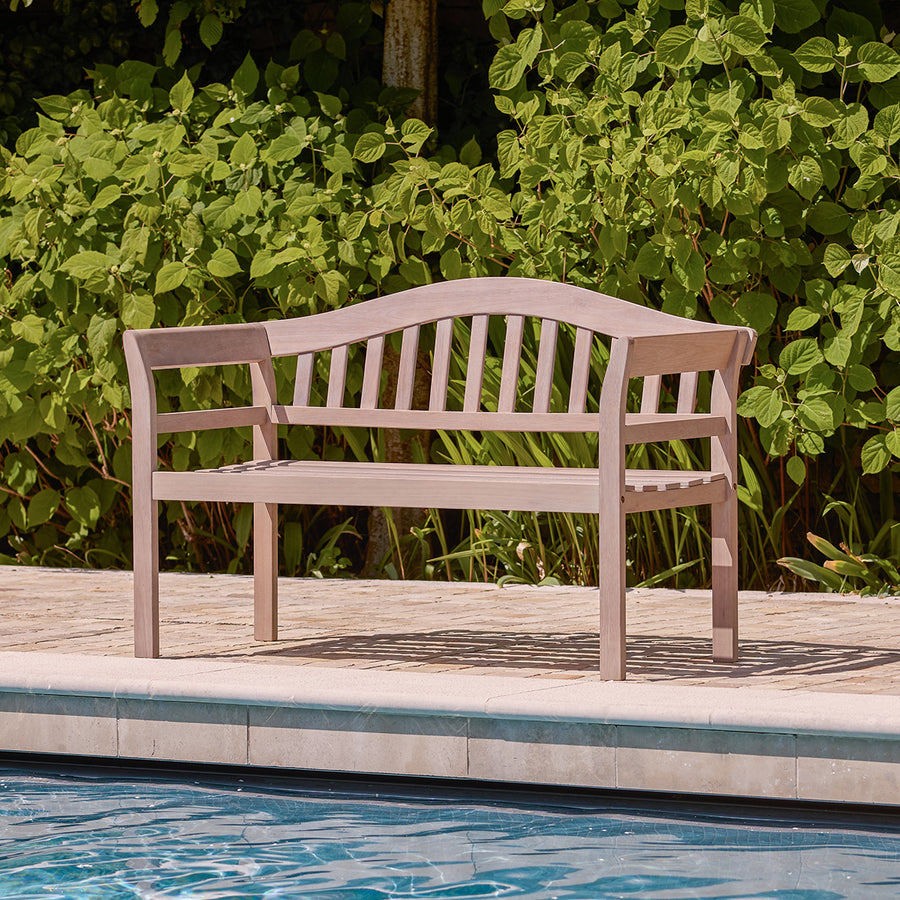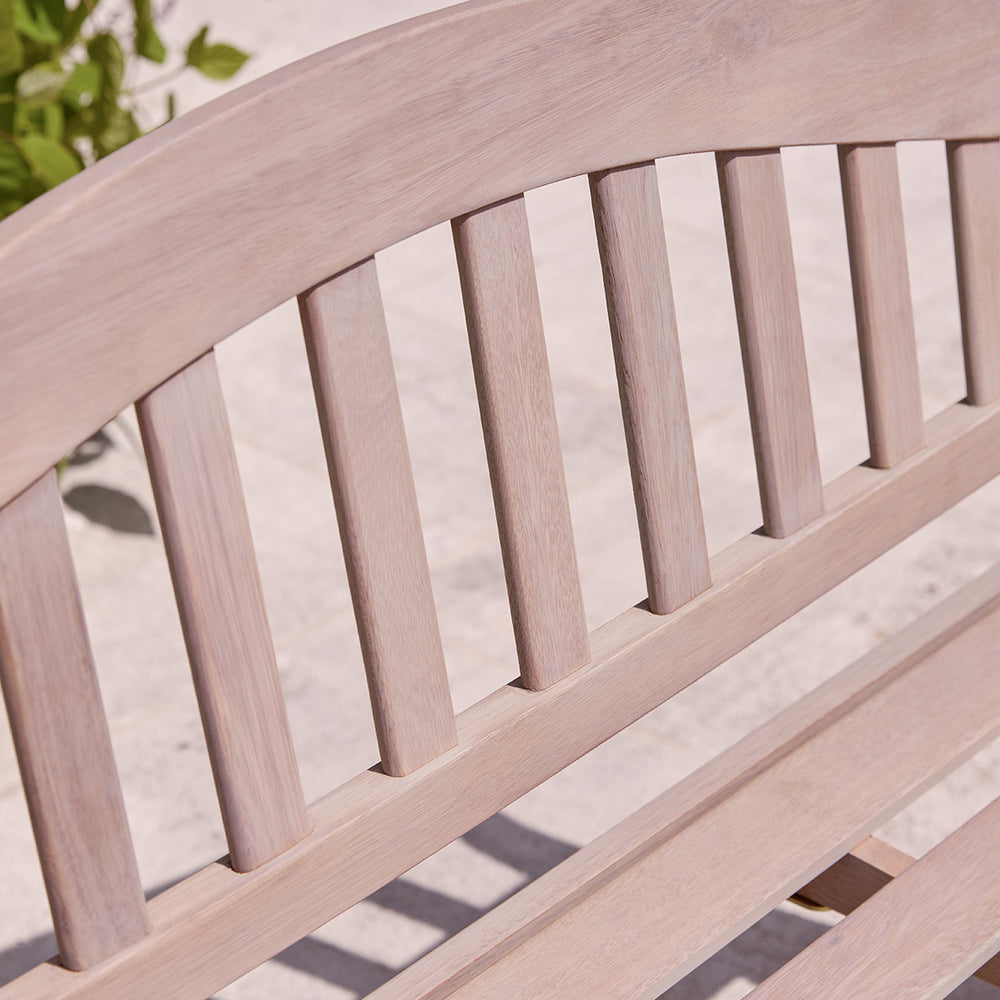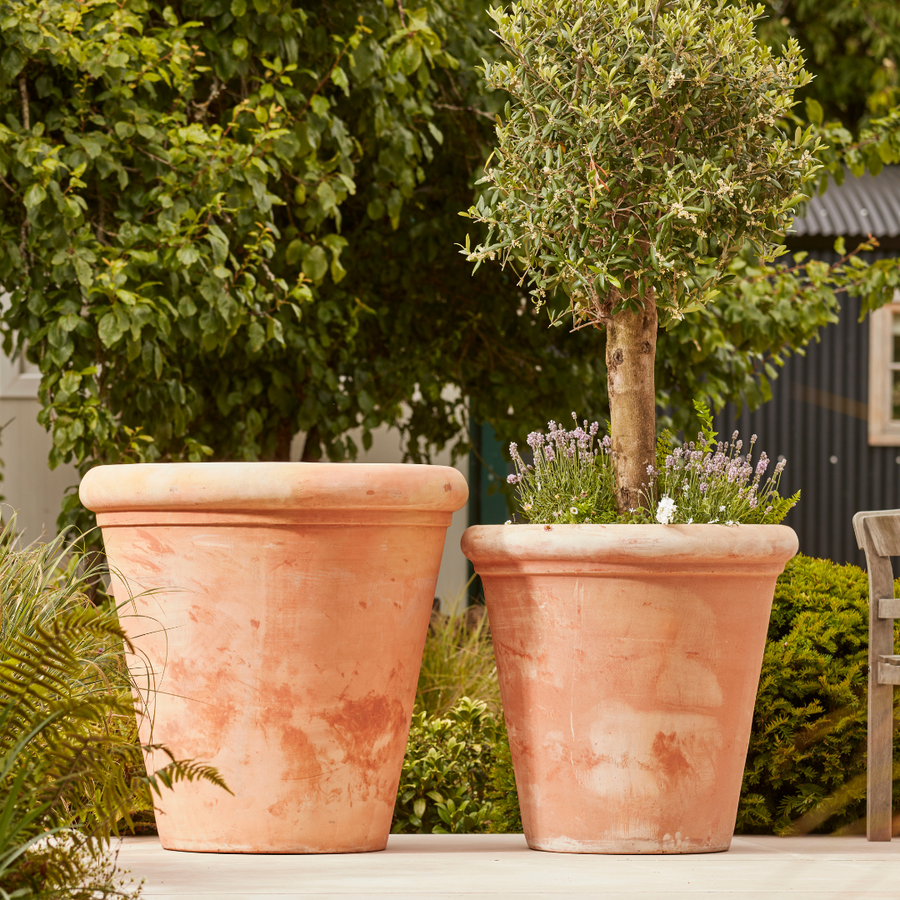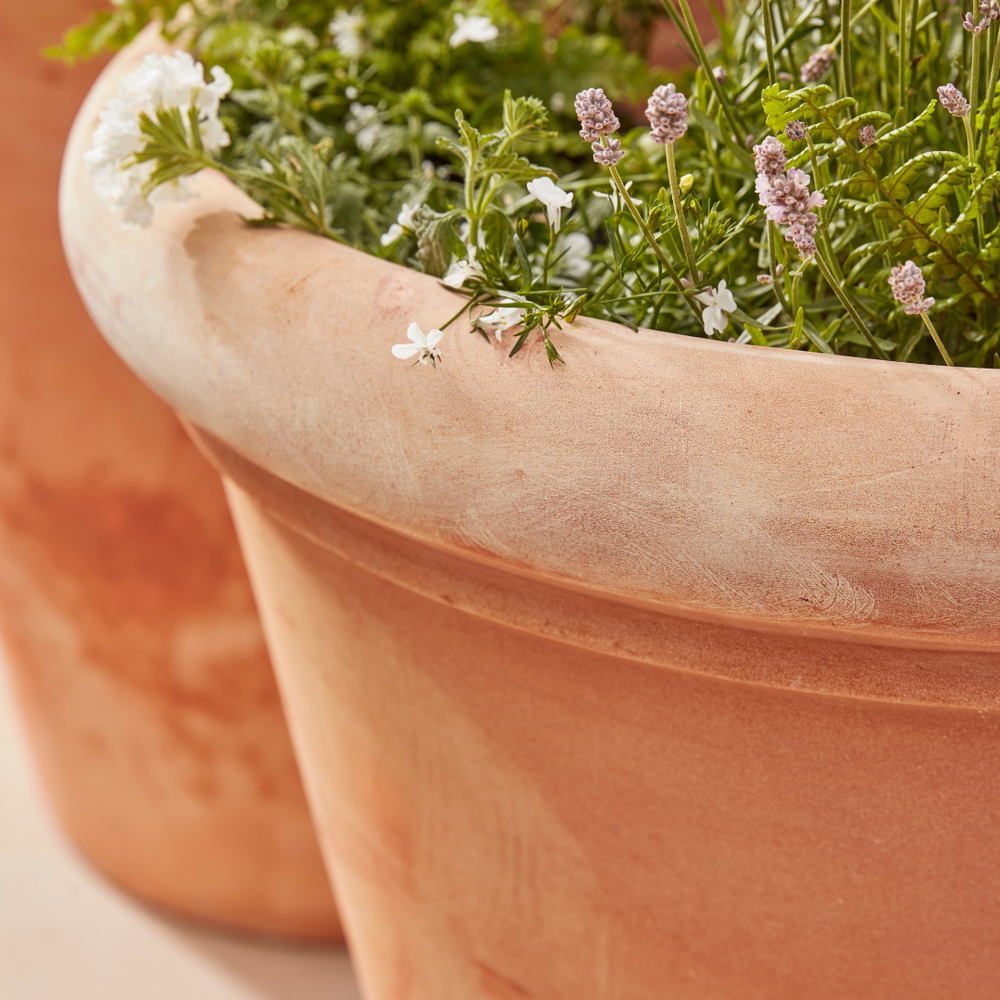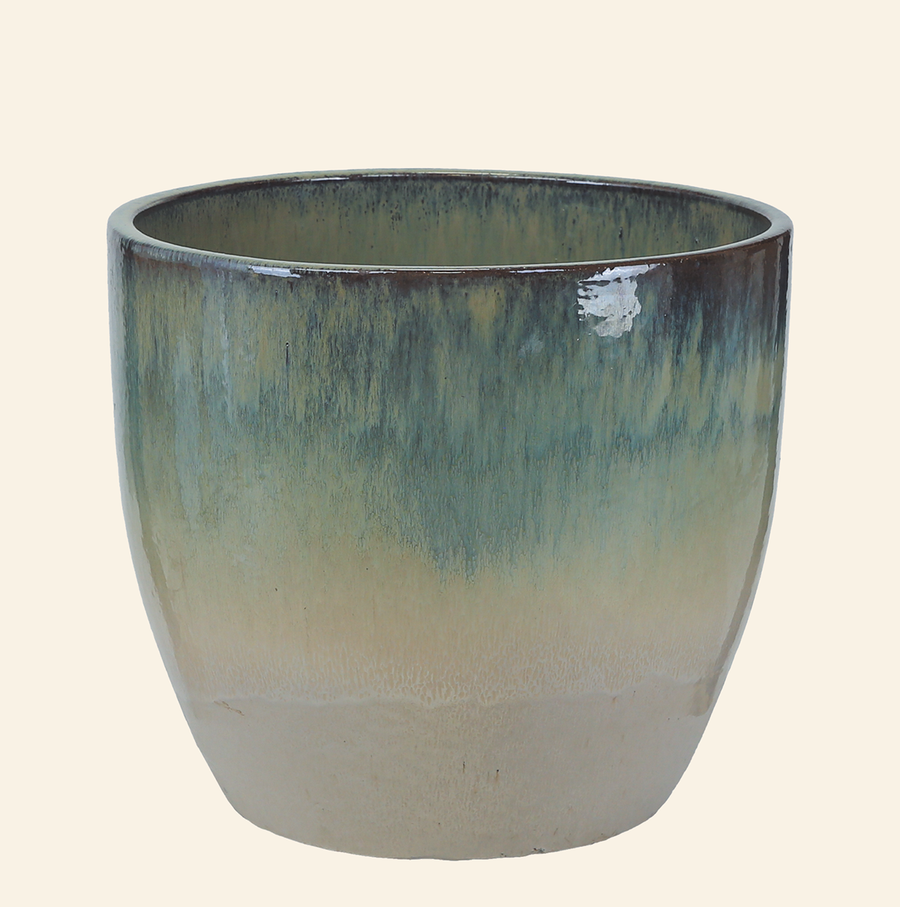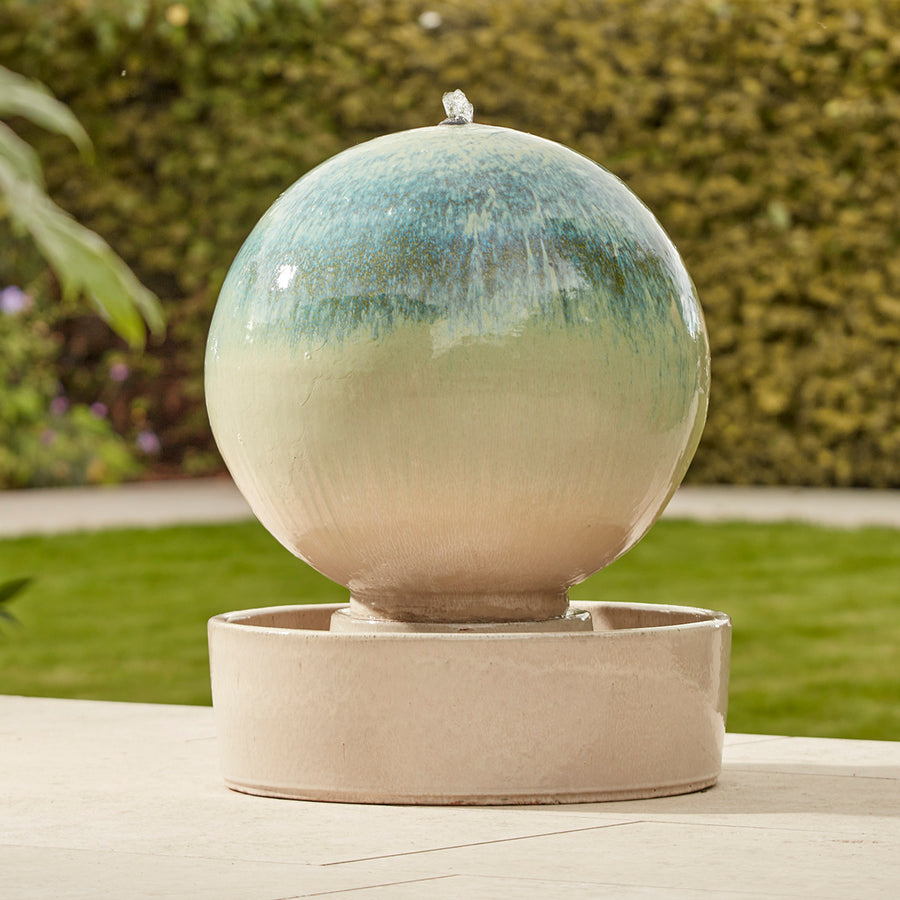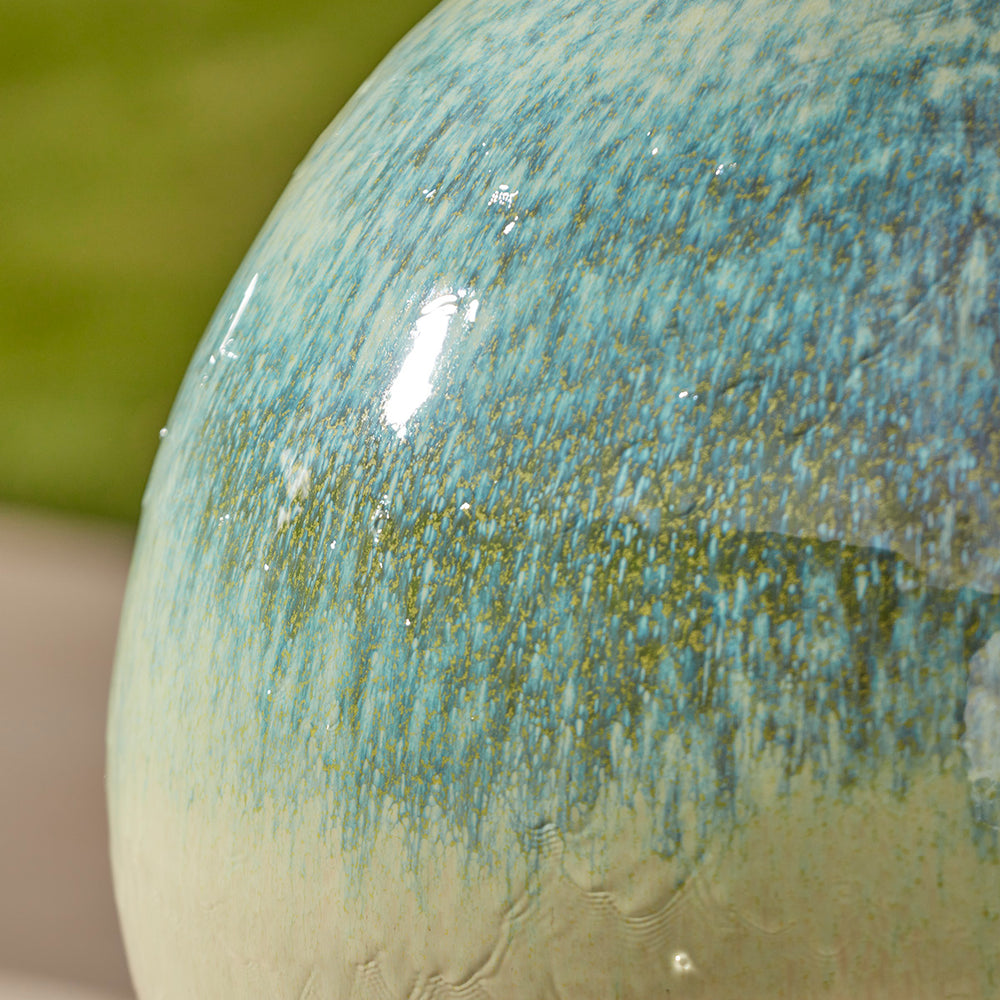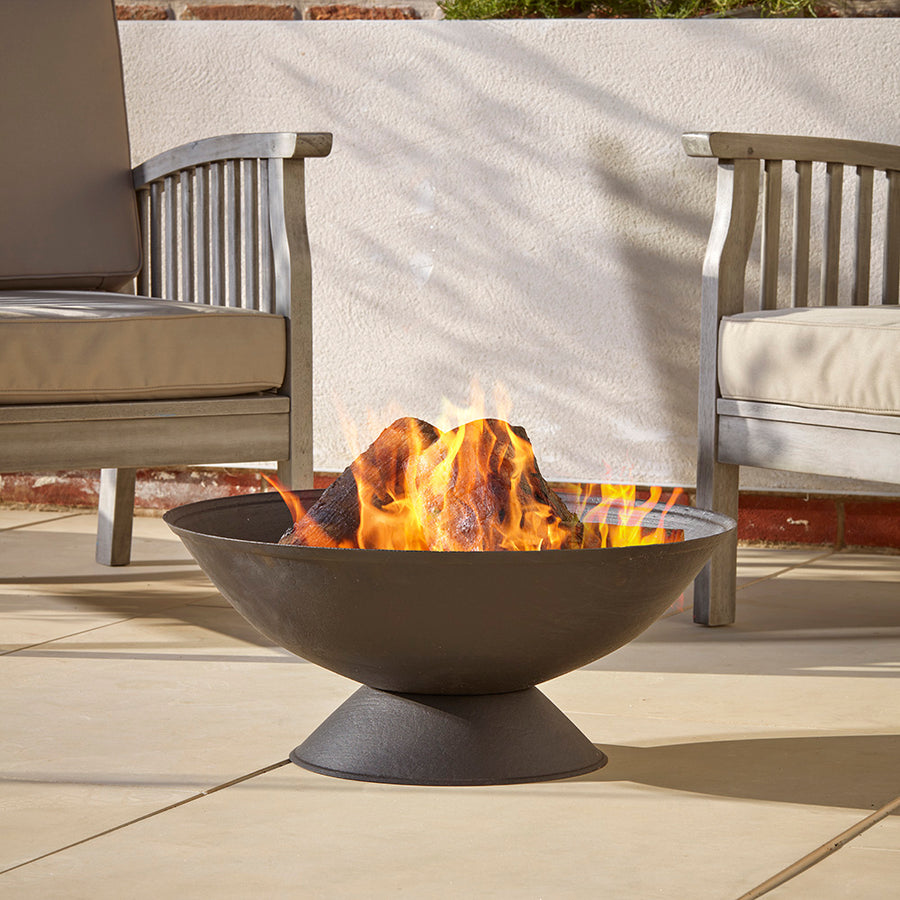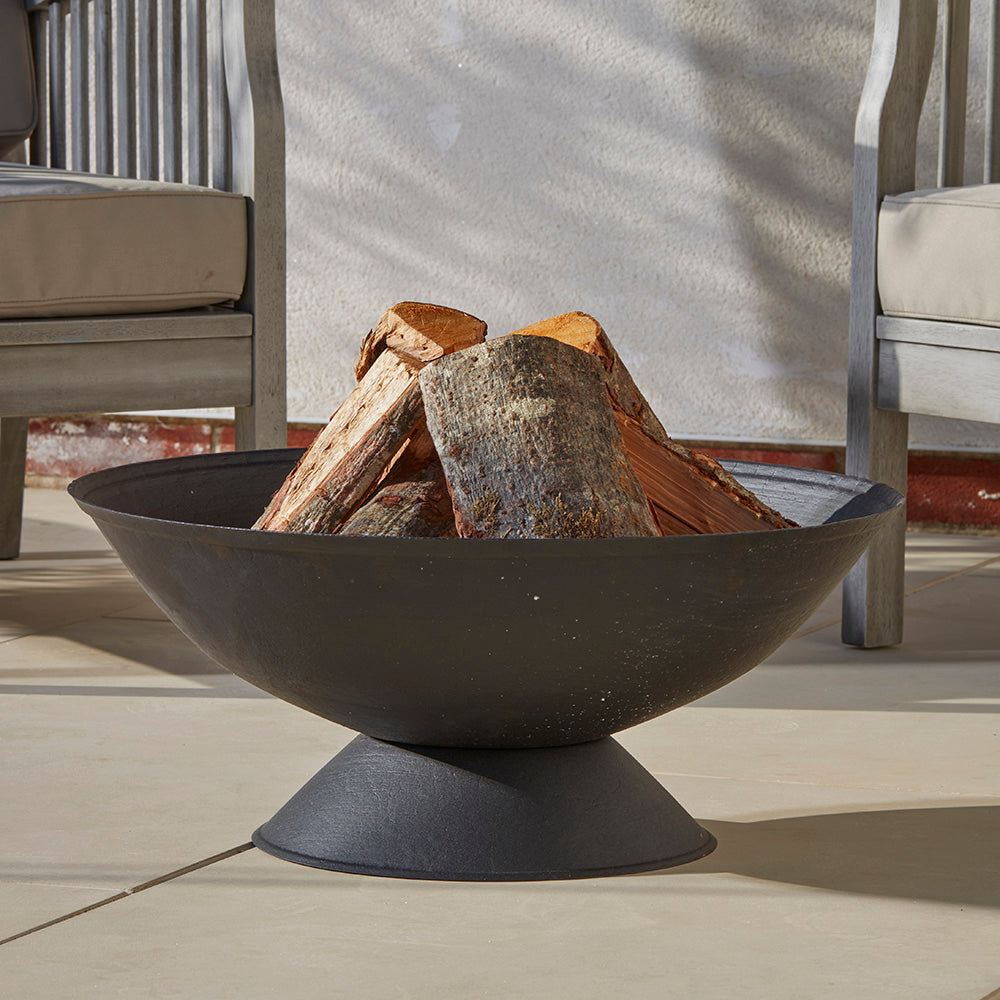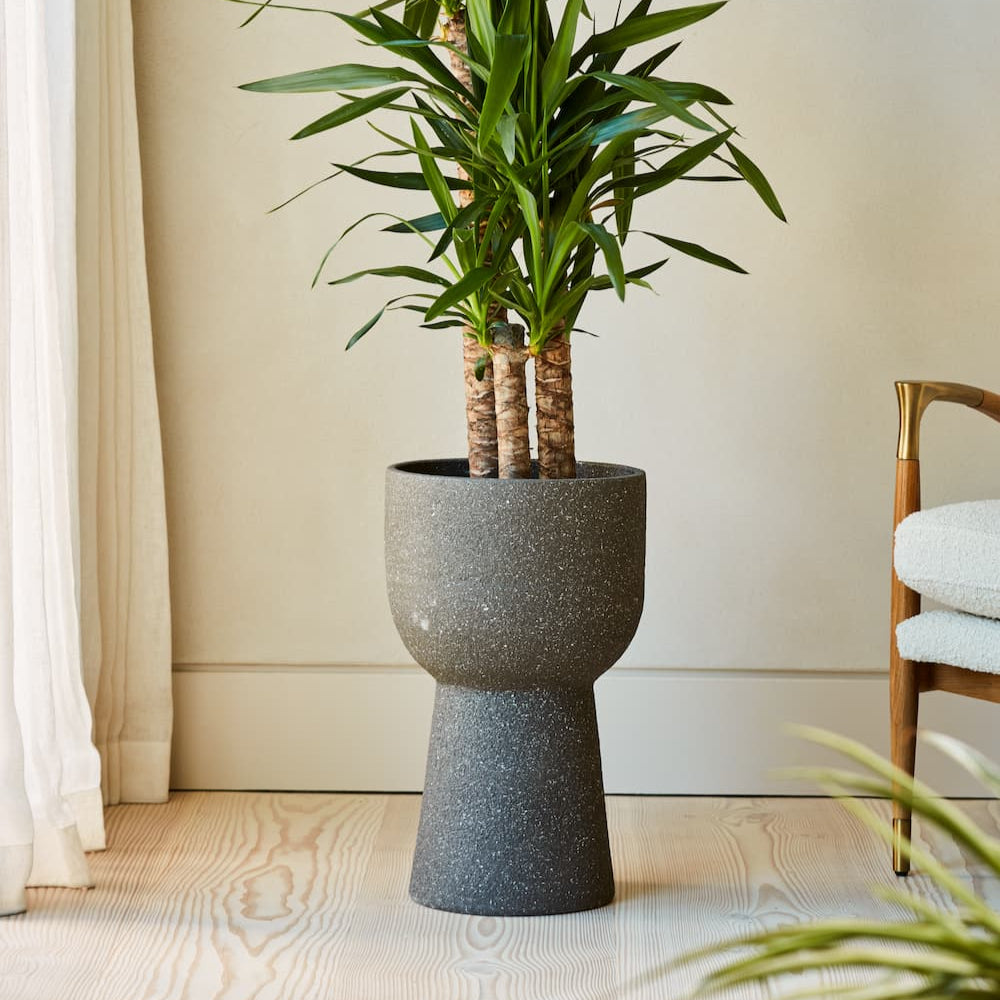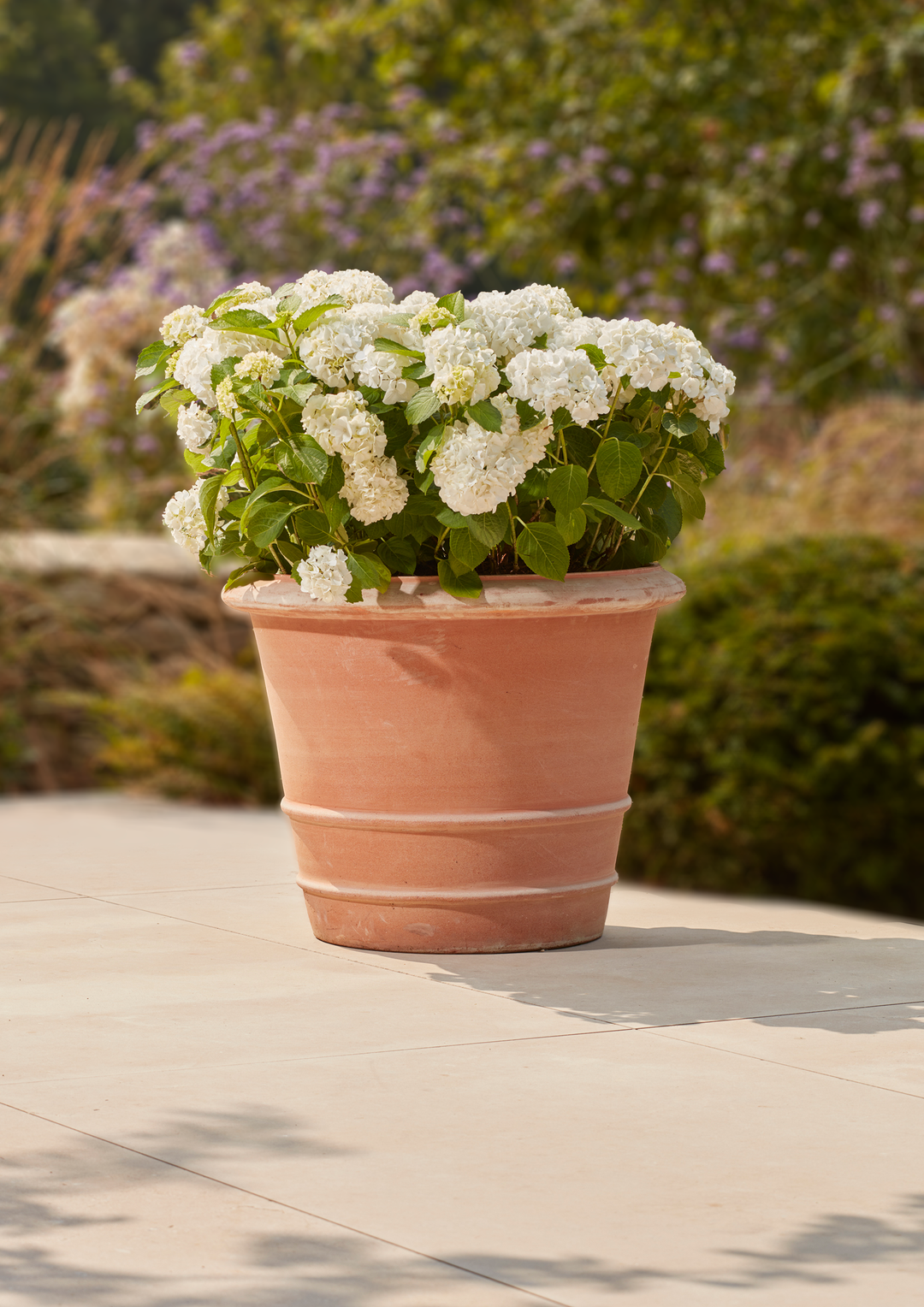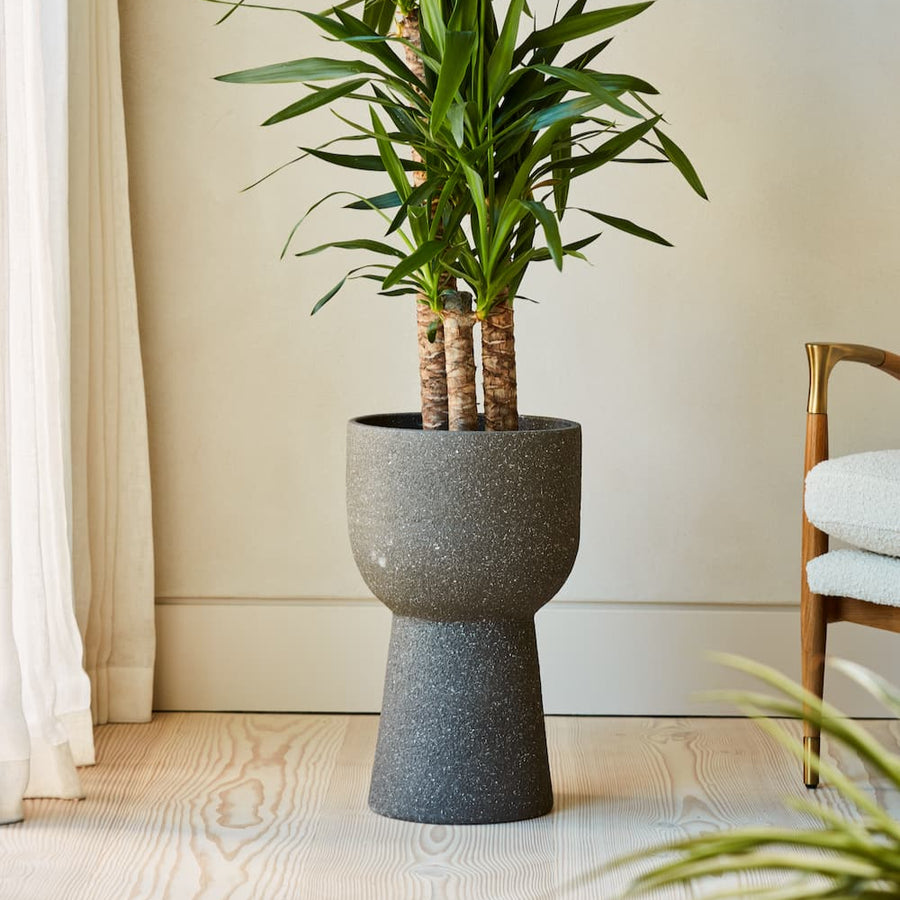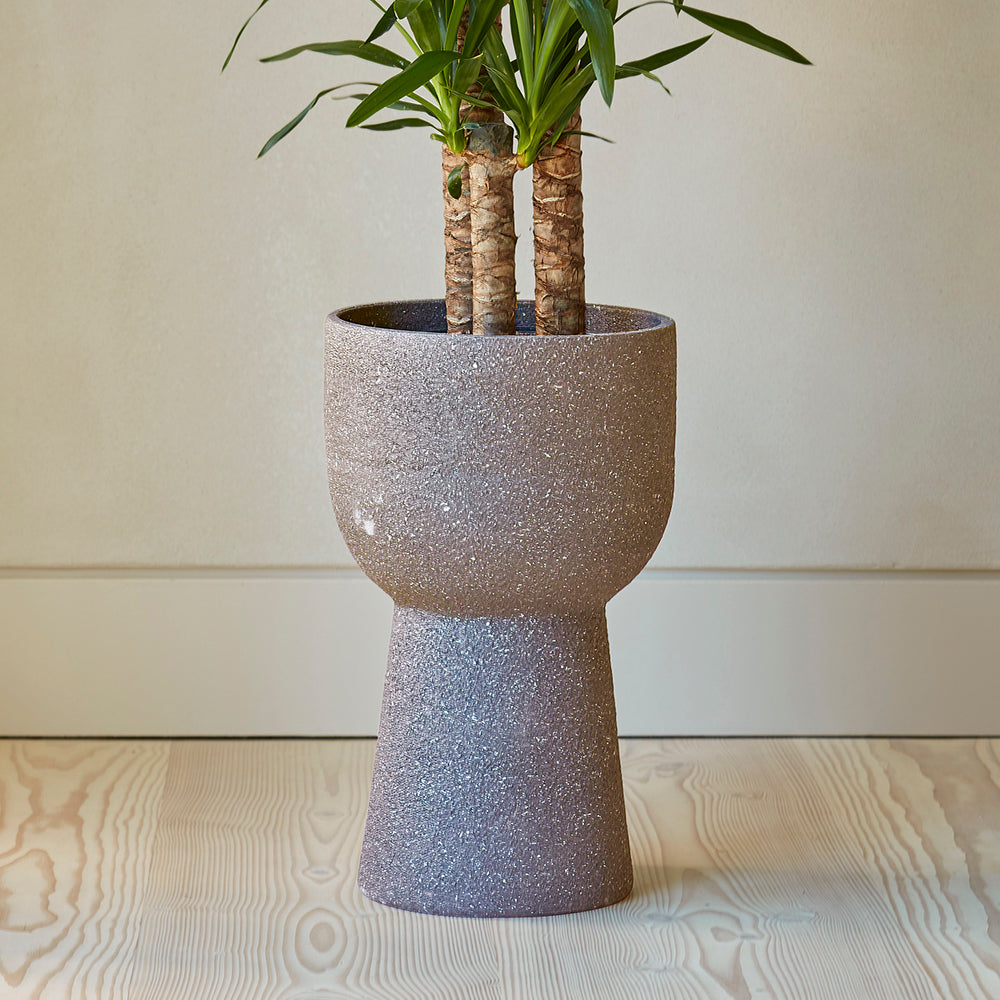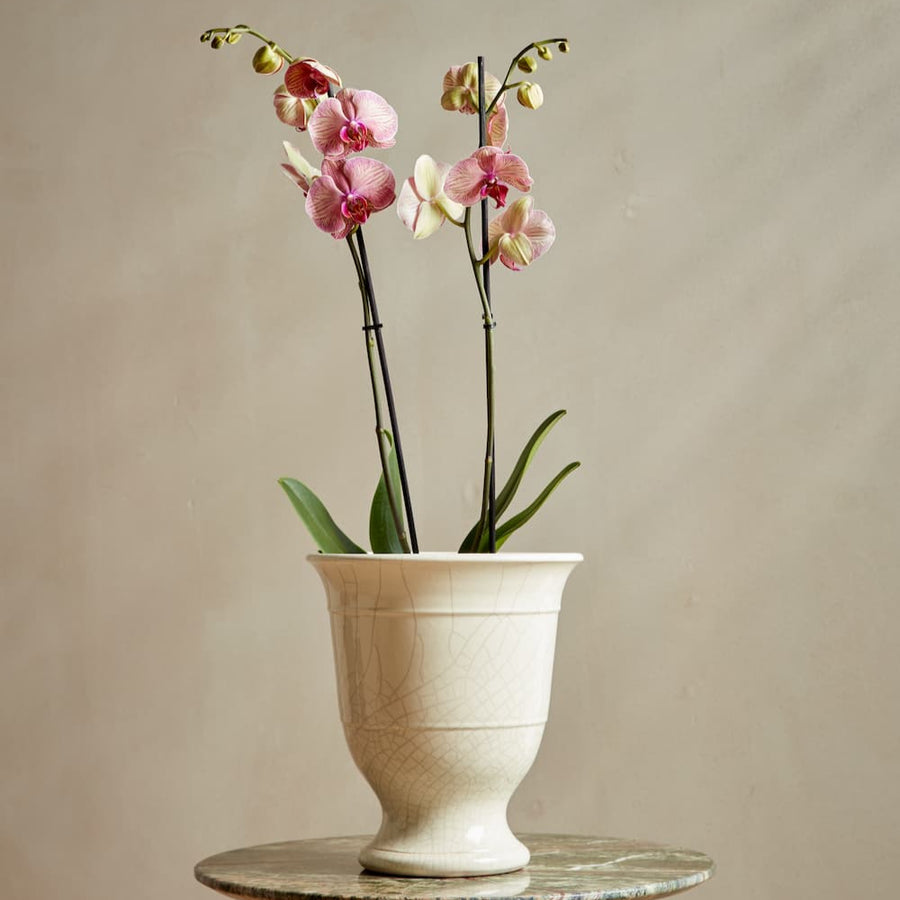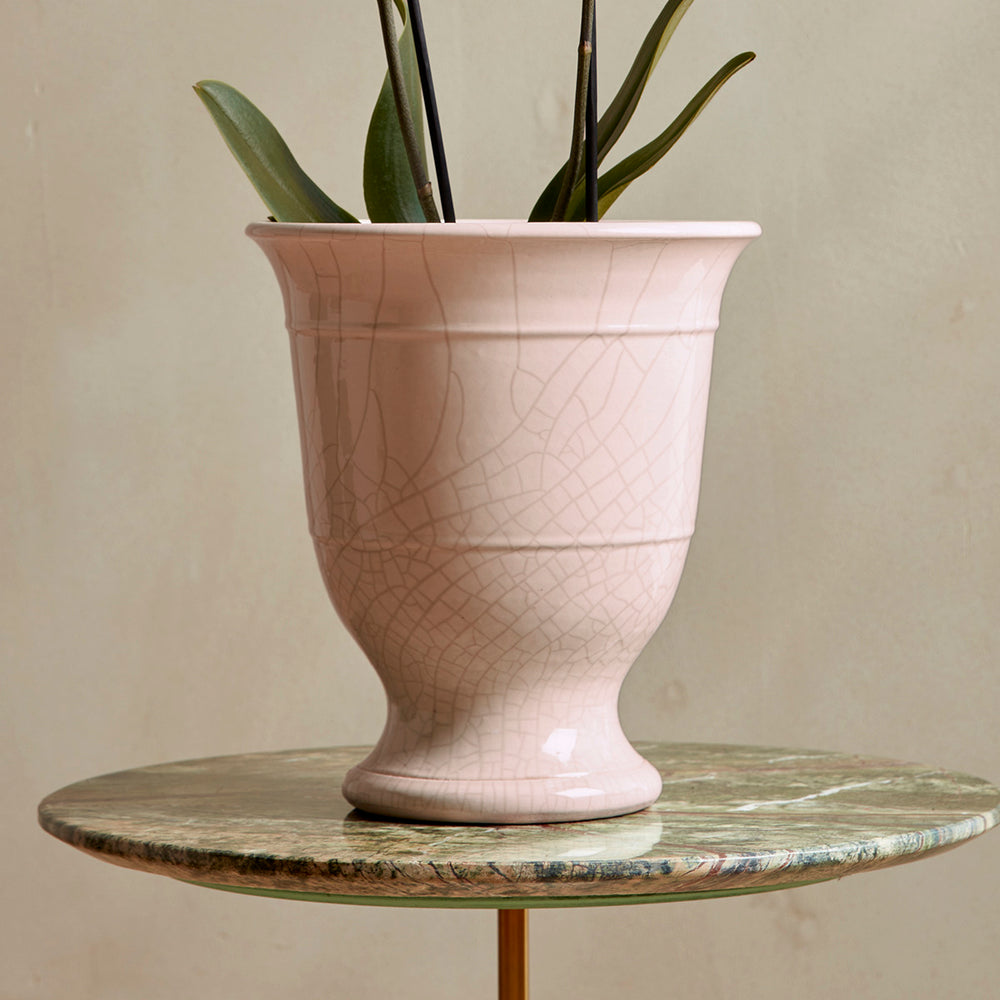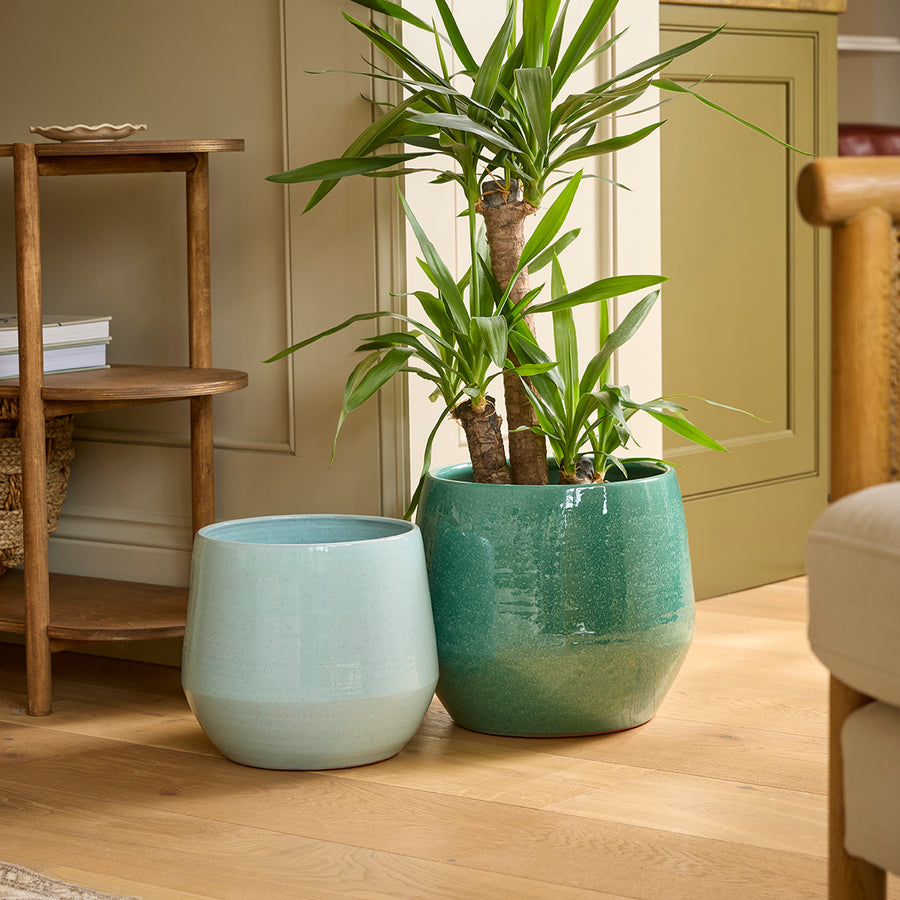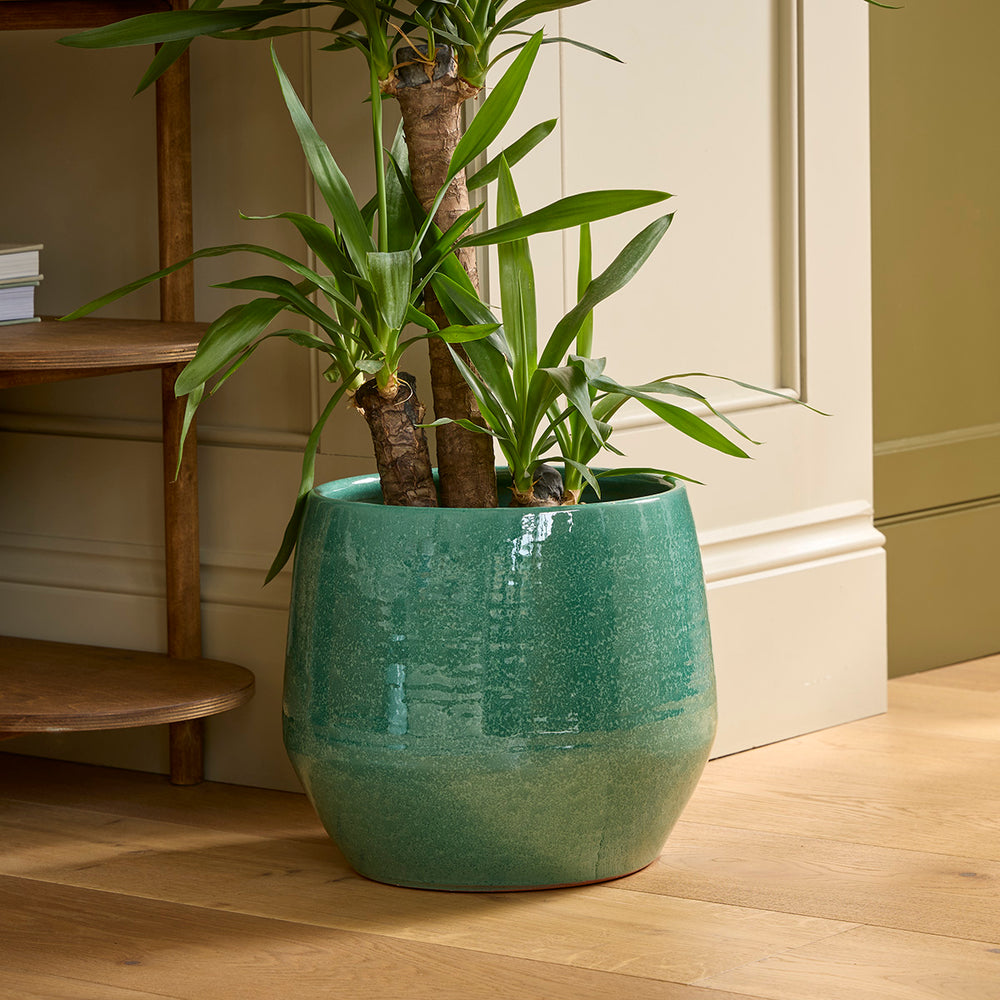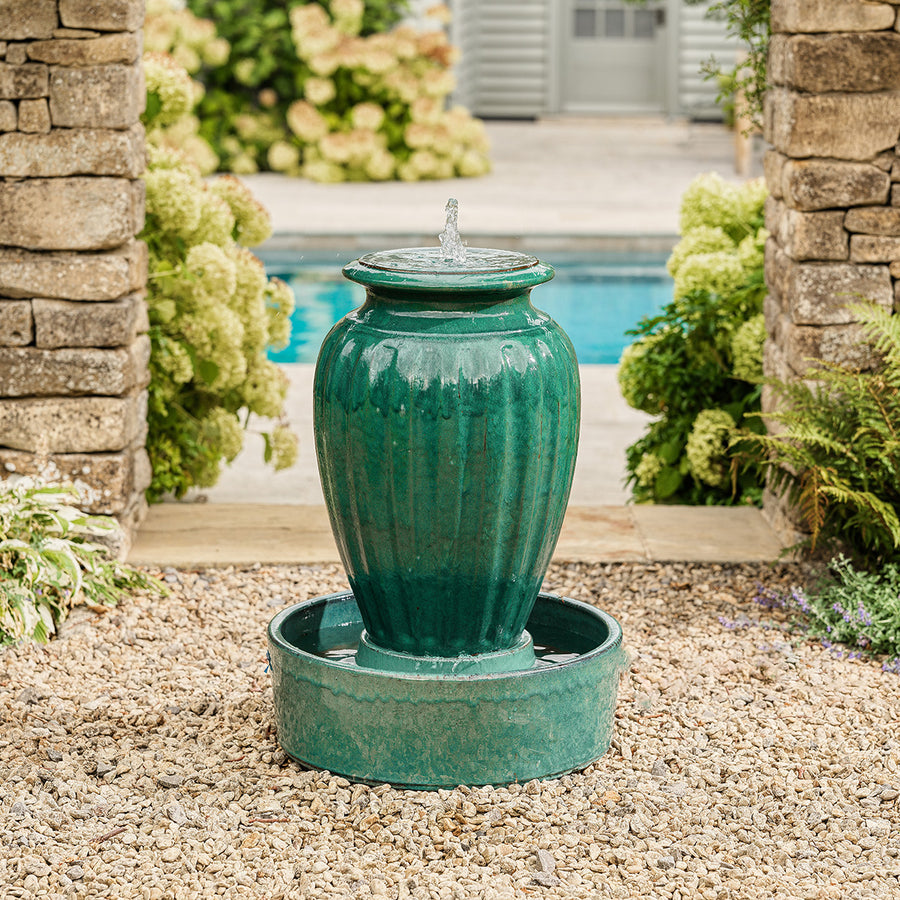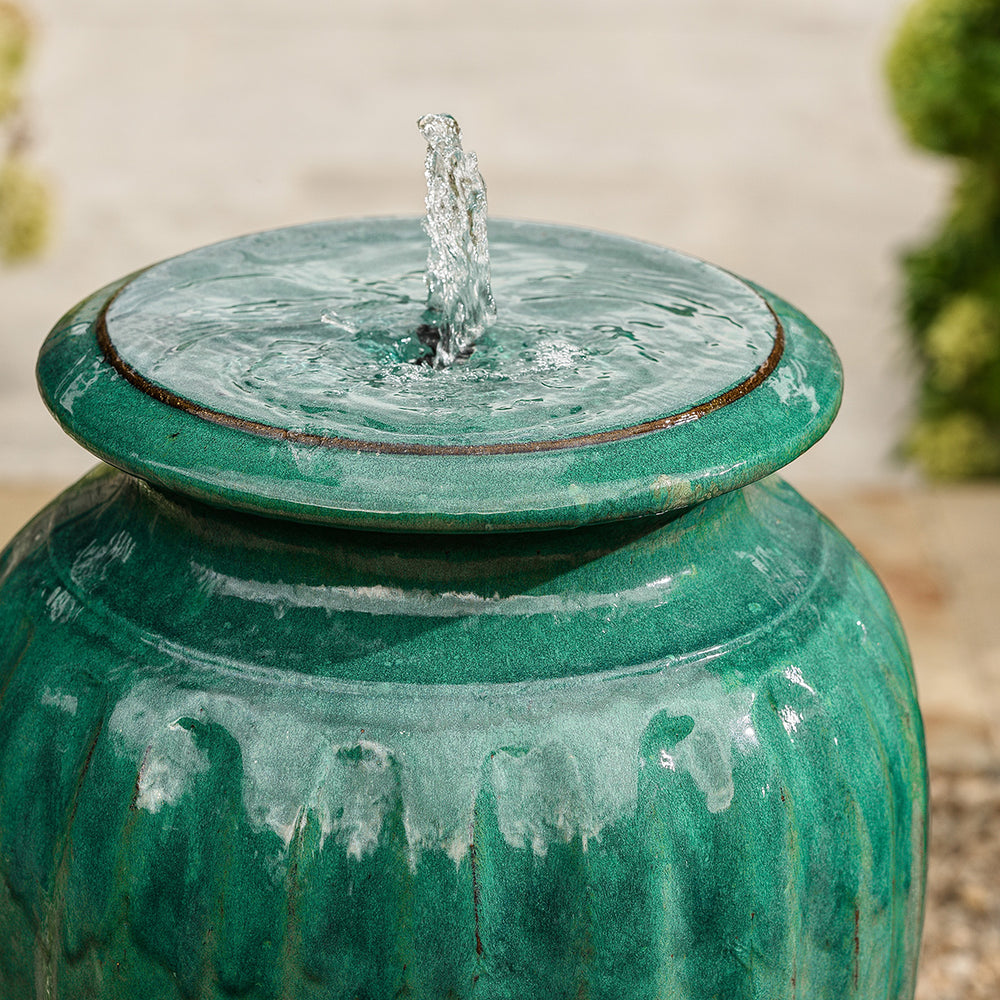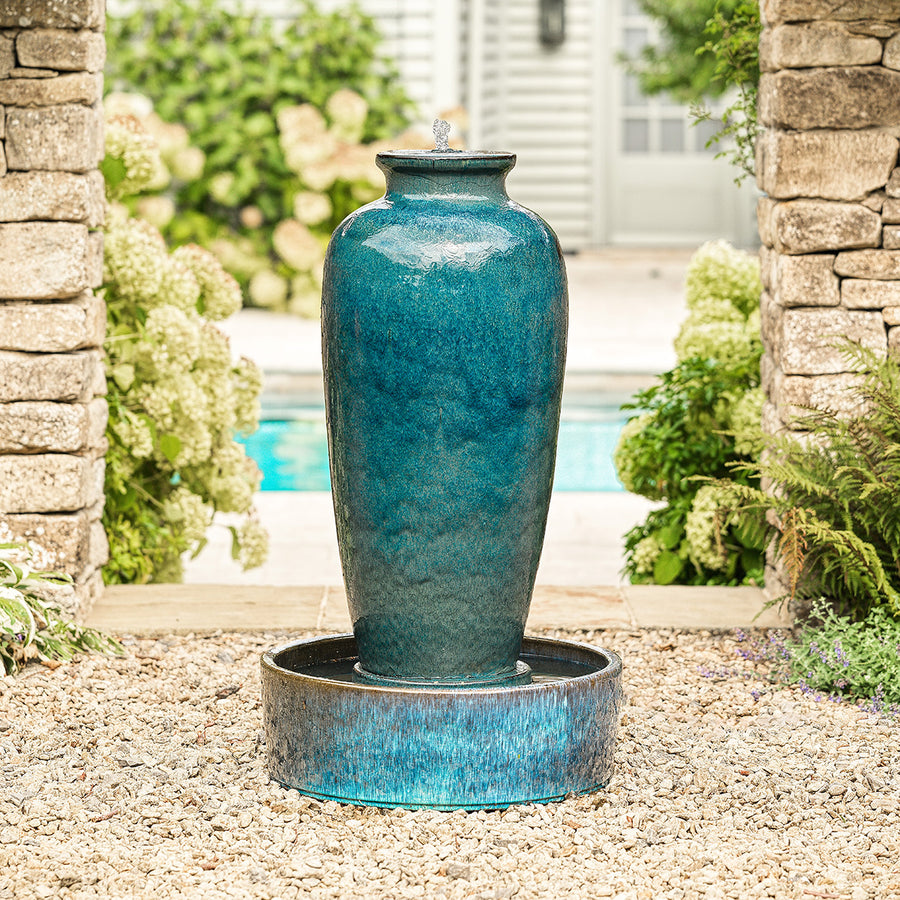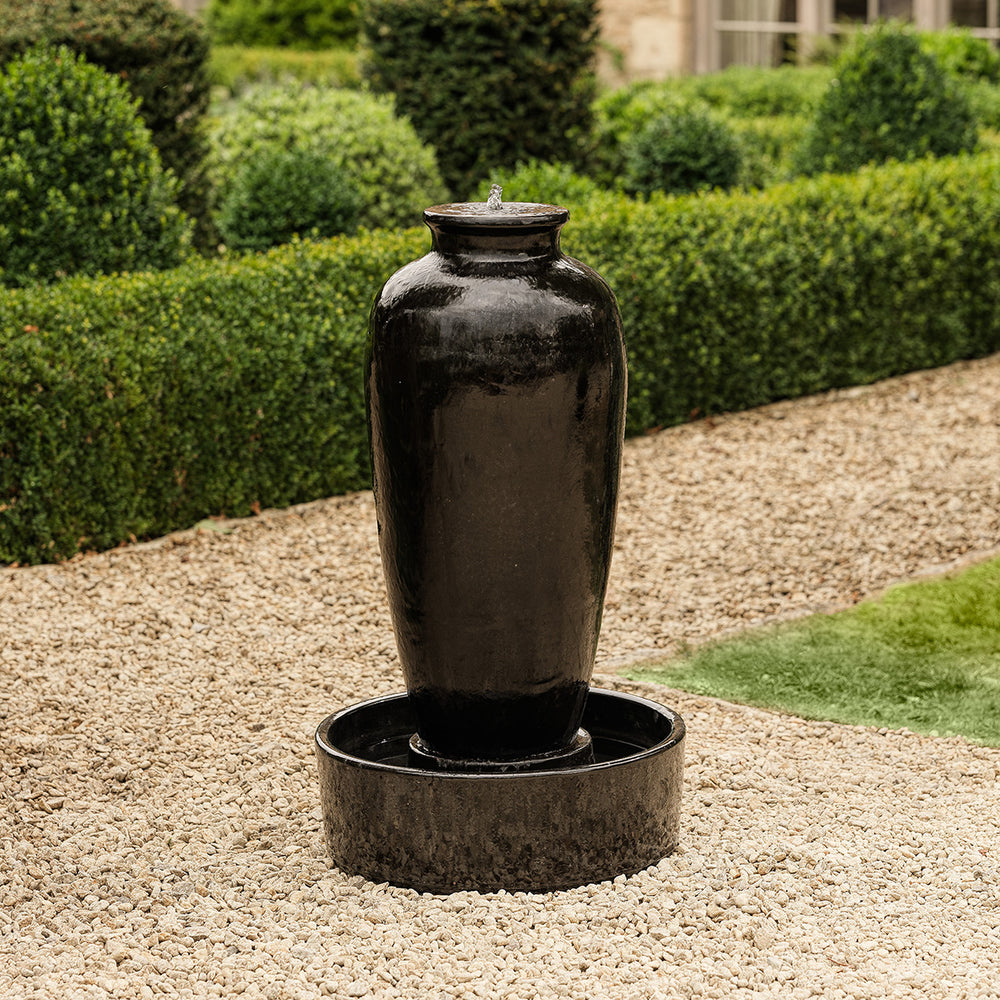Planting for pollinators - Top 10 Plants for Bees
We all love spending time in our gardens, and enjoying the wildlife it brings to them. Research has revealed that engaging with wildlife can lower stress and lead to better overall mental health. Some of these most recognisable pollinating insects are in decline and so anything we can do to help them is very important. Our gardens can be safe habitats for wildlife and even small steps, like planting flowers rich in pollen and nectar will attract bees and beneficial insects.
Here we take a look at the top 10 plants that are easy to grow and will attract pollinators from early spring through to summer in your garden.
Lavender
A favourite of bees in early summer is the lavender plant. Not only is it known for its amazing aroma, pollinating insects feed on its attractive, dark purple flowers. Lavender is a hardy perennial that is extremely versatile, with many uses, growing it along path edges to form a fragrant hedge or in borders and containers.

Foxgloves
Foxgloves are charming plants with strong spires of purple, pink and white flowers. This cottage garden classic is happy in light shade with drained soil, and the flowers are very popular with solitary bees. Foxgloves are British native plants that are perfect for wildlife gardens and can be used for cut flowers.

Sunflowers
The tall and statuesque sunflower is the symbol of summer. Ideal for growing in borders, containers and beds, the single-flowered beauty will attract an amazing variety of pollinators, including many types of bees, butterflies and moths. They're rich in nectar and are the perfect colour to attract bees with their bright yellow hue.

Dahlias
Dahlias are an excellent late source of nectar for pollinators. The flower bulbs or tubers that are single-flowered with noticeable stamens are the most popular for nectar-rich food. These stunning flowers keep coming for months from summer to early autumn and are attractive to hungry visitors such as bees and butterflies to feed on.

Poppies
Poppies are an excellent pollen source with their open petals inviting pollinators to their stamens to collect nectar. Available in a vast array of vibrant colours that entice insects, poppies thrive in good sunlight and loose soil conditions and bring bursts of red, white, purple, pink and blue flowers to your outdoor space.

Buddleia
Known as the Butterfly Bush, it is easy to see why. Its long sprays of purple or white blooms in late summer are a magnet to pollinators, its tiny, nectar-rich flowers attract and provide food for a wide variety of butterflies and bees. Buddleia is fast-growing and low maintenance, making it ideal for even the novice gardener.

Salvia
Salvias are ideal outdoor plants, flowering for months in summer and producing beautiful blooms that will bring bees and other pollinators buzzing to the garden. Its broad landing pad and tunnel-shaped flowers make it easy for pollinating insects to feast on its rich nectar, with their floral spikes adding a vertical element in a border and container that no other plant can match.

Sedum
Sedum attracts bees and other pollinators in droves and provides colour in late summer and autumn with its soft pink flowers. The nectar-rich flowers are borne on flat flower heads making them accessible to resting insects looking for food. Planting sedum in an empty patch of ground, border or even in a container is a great way to encourage bees into your garden.

Verbena
Verbena with its round clusters of bright, purple flowers is a favourite with both bees and butterflies. A great addition to a late summer garden, the tall stems attract pollinators who take turns to feast throughout the year, due to its long flowering period. Verbena is an attractive addition to your space that can do a lot to attract wildlife and help the decline in pollinators

Rosemary
Rosemary has very aromatic leaves and is prized for its culinary and medicinal uses but did you know it is beneficial to pollinators too? Bees love the scent of rosemary’s nectar-rich flowers which bloom right through to late autumn. So not only is it beneficial to wildlife, but if you trim the stems regularly, you can use them in cooking and keep the plant thriving.



